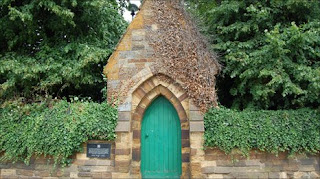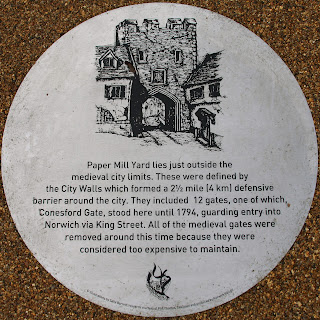Colonel Herbert Morley’s Regiment of Horse

The last of the 'oooo, I've got space in my storage boxes, I'd better fill it' expansion horsey men. I won't be missing death by brown paint for a while. Colonel Herbert Morley’s Regiment of Horse was a combined Regiment of Horse and Dragoons serving in Waller’s Southern Association, then as garrison of Arundel until they were disbanded in 1653. Raised in Sussex in April 1643, the Regiment originally consisted of 80 horse and 100 dragoons. By the end of 1643 their strength rose to about 400 men in total. Combined horse and dragoon regiments appear to be a way of having two small regiments for the price of one: a combined regiment has one colonel (and just one colonel's pay to find). There are a number of examples of these dual regiments recorded, Morley's was not a 'one off'. There is some confusion as to their first engagements: they were ordered to join Essex's Army at Gloucester, along with the Regiments of Colonels Norton and Harvey, but wh...




